CONTACTAbout UsCAREER OPPORTUNITIESADVERTISE WITH USPRIVACY POLICYPRIVACY PREFERENCESTERMS OF USELEGAL NOTICE
© 2025 Equal Entertainment LLC.
All Rights reserved
All Rights reserved
By continuing to use our site, you agree to our Privacy Policy and Terms of Use.
We need your help
Your support makes The Advocate's original LGBTQ+ reporting possible. Become a member today to help us continue this work.
Your support makes The Advocate's original LGBTQ+ reporting possible. Become a member today to help us continue this work.
For Jamie Nabozny, it all started in the seventh grade when some of his fellow students began taunting him with words like "f****t" and "queer." By eighth grade, the harassment became physical. And by high school, it was relentless. One day, Jamie was in a bathroom at his high school when two boys attacked him from behind. One of the attackers forced his knee into Jamie, causing him to fall into a urinal, while the other proceeded to urinate on him. Crying and covered in urine, Jamie headed for the principal's office -- like he'd done so many times before -- but was simply advised to go home and change his clothes. A couple years later Jamie found himself lying on the floor of his school's library as a boy repeatedly kicked him in the stomach -- a beating so vicious that he required surgery -- while other kids cheered.
On countless occasions during those intervening years, Jamie and his parents pleaded with Ashland, Wisconsin, school administrators to stop the anti-gay harassment. But officials refused to get involved. In fact, no student was ever disciplined. This pattern of omission and neglect eventually led to a lawsuit, Nabozny v. Podlesny, in which a jury found that the school failed to protect Jamie and violated his constitutional rights. The school district then entered into a settlement agreement with Jamie that awarded him almost one million dollars.
The advancement of LGBT rights has come about through struggles large and small -- on the streets, around kitchen tables, and on the Web. In addition, lawsuits like Jamie's have played a vital role in propelling the movement forward. Prior to his case, the suffering of countless queer and gender non-conforming students went largely unacknowledged, but in the decade following the court ruling, school districts across the country agreed to pay over $4 million to LGBT students who filed lawsuits. In addition, several settlement agreements have required school districts to adopt policies, procedures, and training programs specifically aimed at addressing and preventing harassment of LGBT students. And most of those gains can be traced back to Jamie Nabozny's courageous decision to sue.
Many LGBT rights lawsuits have ended successfully not only because of the determination of the LGBT litigants involved but also because of the skill, dedication, and perseverance of their gay rights attorneys. Over the last twenty years, no group of lawyers has helped to change this country more than gay rights attorneys -- and, behind each case we find powerful human stories. In Braschi v. Stahl Associates, a gay man in New York in the 1980s fights his landlord's efforts to evict him after his partner of ten years dies of AIDS and wins a court ruling that for the first time recognizes that two men in an intimate relationship can constitute a family under the law. In the 1990s, a lesbian couple in Hawaii showed up unexpectedly at a clerk's office seeking a marriage license. Their case, Baehr v. Lewin, became the first time an American court questioned the constitutionality of denying same-sex couples the opportunity to marry. Not only did that lawsuit ignite the marriage equality movement, it has also done more to increase the visibility of LGBT people over the last two decades than any other strategy pursued by the movement.
Almost a decade later, two gay men in Houston legally challenged their arrest for engaging in consensual sex in the privacy of the home leading the U.S. Supreme Court to recognize the constitutional rights of all Americans to choose their sexual partners. For decades prior to Lawrence v. Texas, those who supported discrimination against LGBT people had argued that the differential treatment was justified because society was entitled to discourage same-sex sexuality and relationships through the criminal law. And, because of Romer v. Evans, the U.S. Supreme Court held that it is unconstitutional to deny LGBT people the opportunity to seek anti-discrimination protection under the law.
The five judicial victories mentioned here have changed the country's treatment and understanding of LGBT people in ways that were unimaginable only a generation ago. Of course the movement won't be able to achieve all of its goals through the courts. It bears remembering, for example, that it was a legislative act -- the enactment by Congress of the Civil Rights Act of 1964 -- that gave the mortal blow, a full decade after the Supreme Court decided Brown v. Board of Education, to segregationist policies in America. Judicial civil rights victories, then, are frequently the beginning of the process rather than the end. But the move toward greater equality has to begin somewhere, and under our system of government, that somewhere has frequently been the courts.
Adapted excerpt from From the Closet to the Courtroom: Five LGBT Rights Lawsuits That Have Changed Our Nation. Copyright (c) 2010 by Carlos A. Ball. Reprinted by permission of Beacon Press, Boston.
From our Sponsors
Most Popular
Bizarre Epstein files reference to Trump, Putin, and oral sex with ‘Bubba’ draws scrutiny in Congress
November 14 2025 4:08 PM
True
Jeffrey Epstein’s brother says the ‘Bubba’ mentioned in Trump oral sex email is not Bill Clinton
November 16 2025 9:15 AM
True
Watch Now: Pride Today
Latest Stories
A heart filled with trans hate is how Marjorie Taylor Greene is choosing to be remembered
December 20 2025 10:00 AM
Trump's FDA sends warning letters to companies selling chest binders
December 19 2025 2:31 PM
Bowen Yang to leave SNL after Ariana Grande and Cher episode
December 19 2025 2:10 PM
Notorious anti-LGBTQ+ New York Archbishop Dolan retires — here are his worst moments
December 19 2025 1:27 PM
Sarah McBride knew some Democrats would betray trans people, so she lobbied Republicans
December 19 2025 12:55 PM
Creating Change Returns to Washington D.C. for 38th Convening for LGBTQ Advocacy
December 19 2025 12:22 PM
House passes bill banning Medicaid from covering gender-affirming care for youth
December 19 2025 11:05 AM
Health policy expert to RFK Jr.: You can't ban trans youth care this way
December 18 2025 5:37 PM
12 lesbian thrillers and mysteries to binge & where to watch them
December 18 2025 4:36 PM
Netflix's 'Boots' season 2 plot revealed by producer amid cancelation
December 18 2025 4:33 PM
Charlie Kirk's accused killer, Tyler Robinson, on LGBTQ+ issues: It's complicated
December 18 2025 4:04 PM
Sacramento man still in coma six weeks after suspected anti-LGBTQ+ hate crime
December 18 2025 1:17 PM















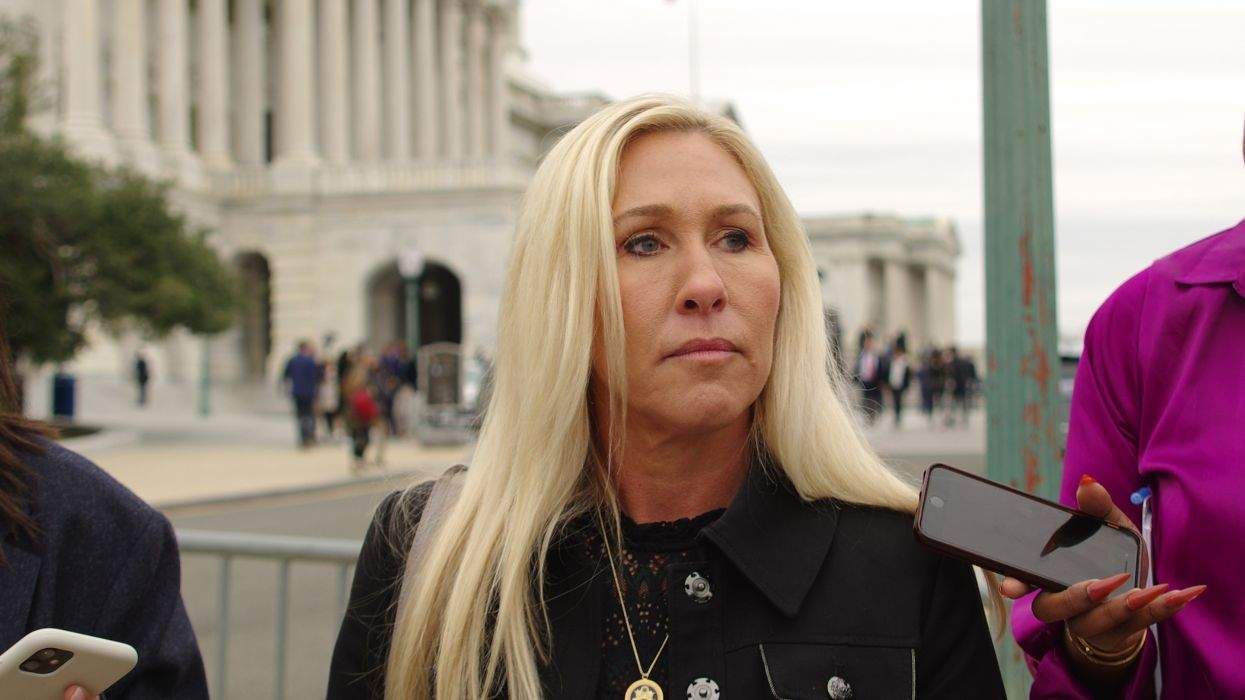
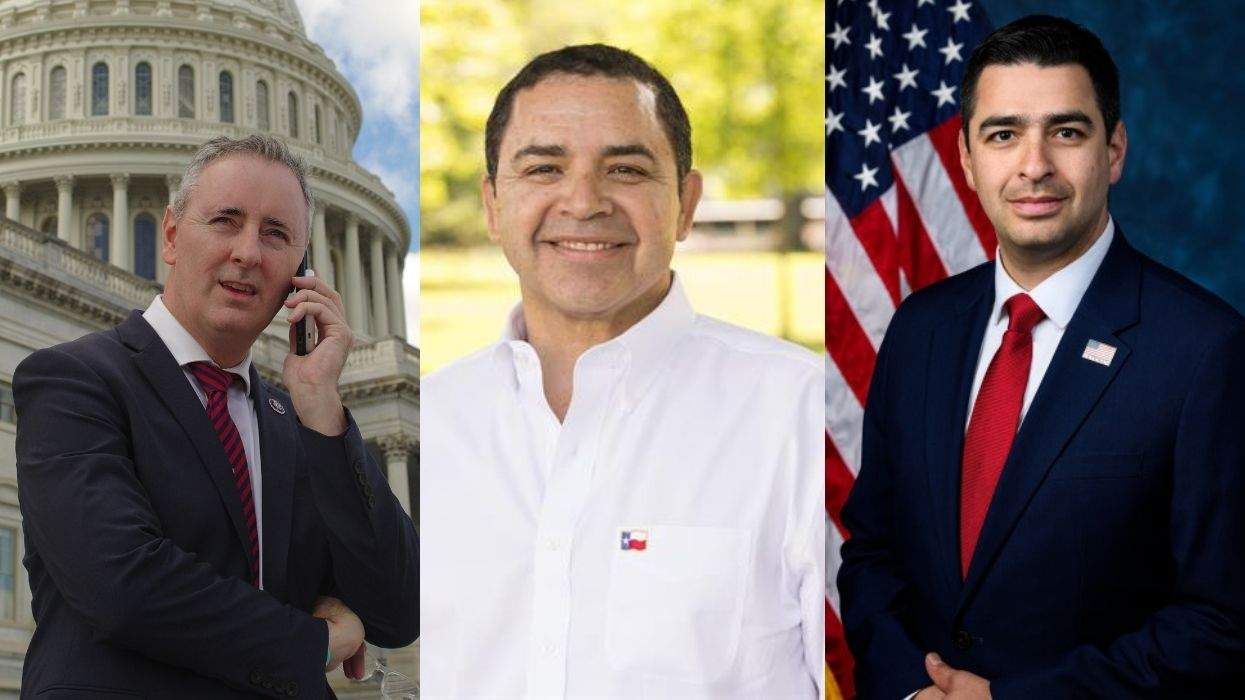

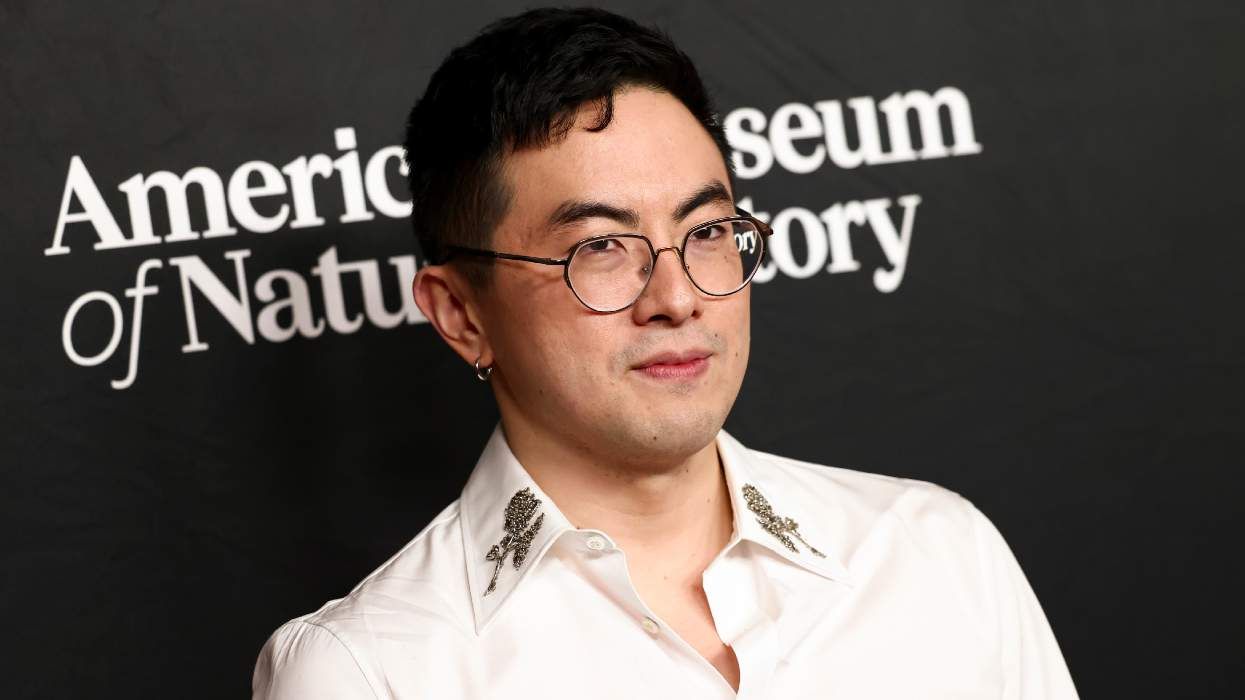
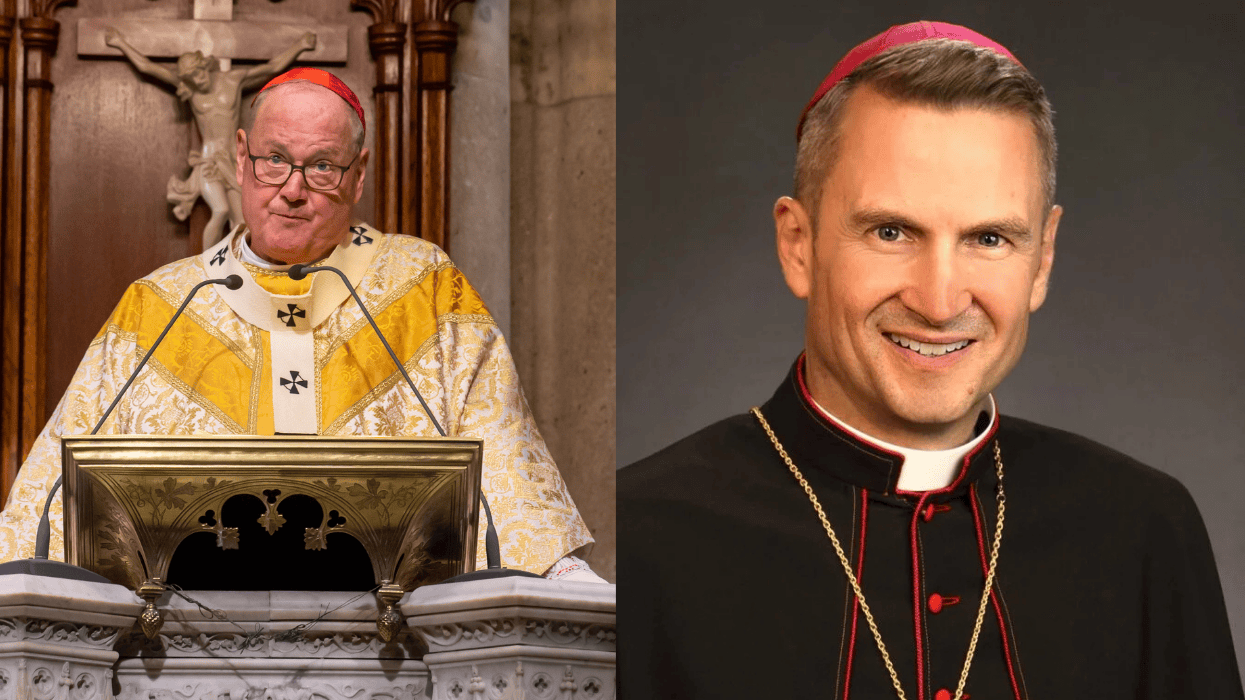
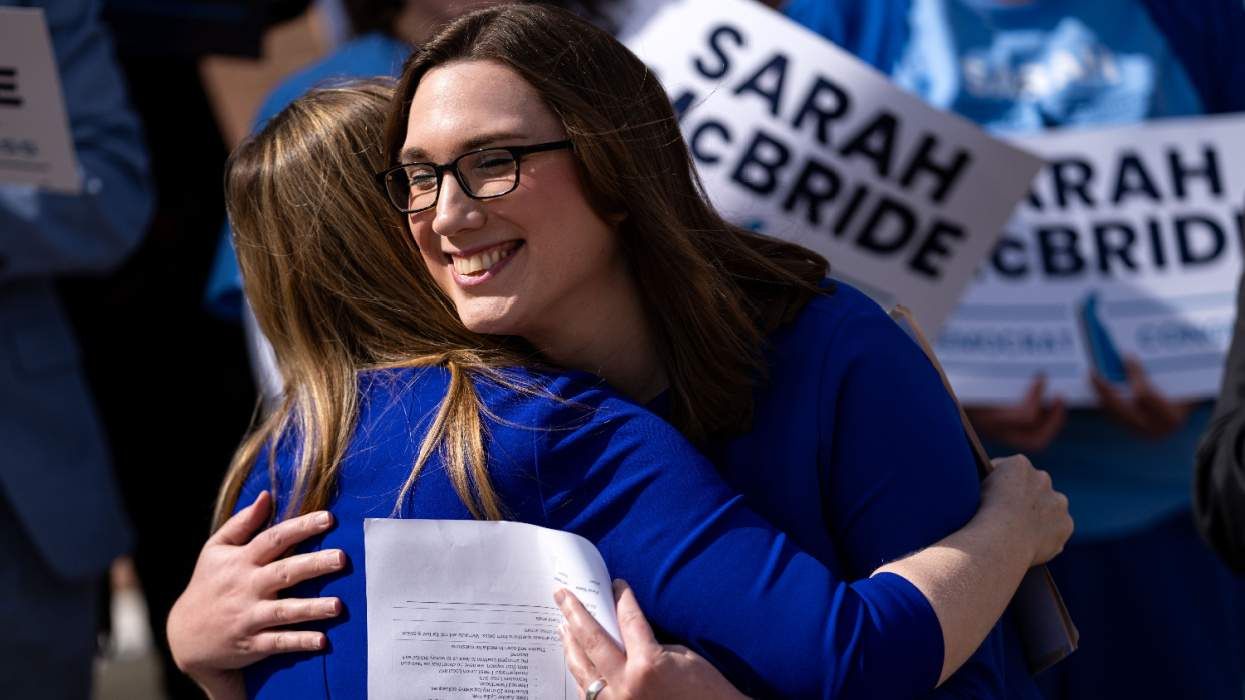
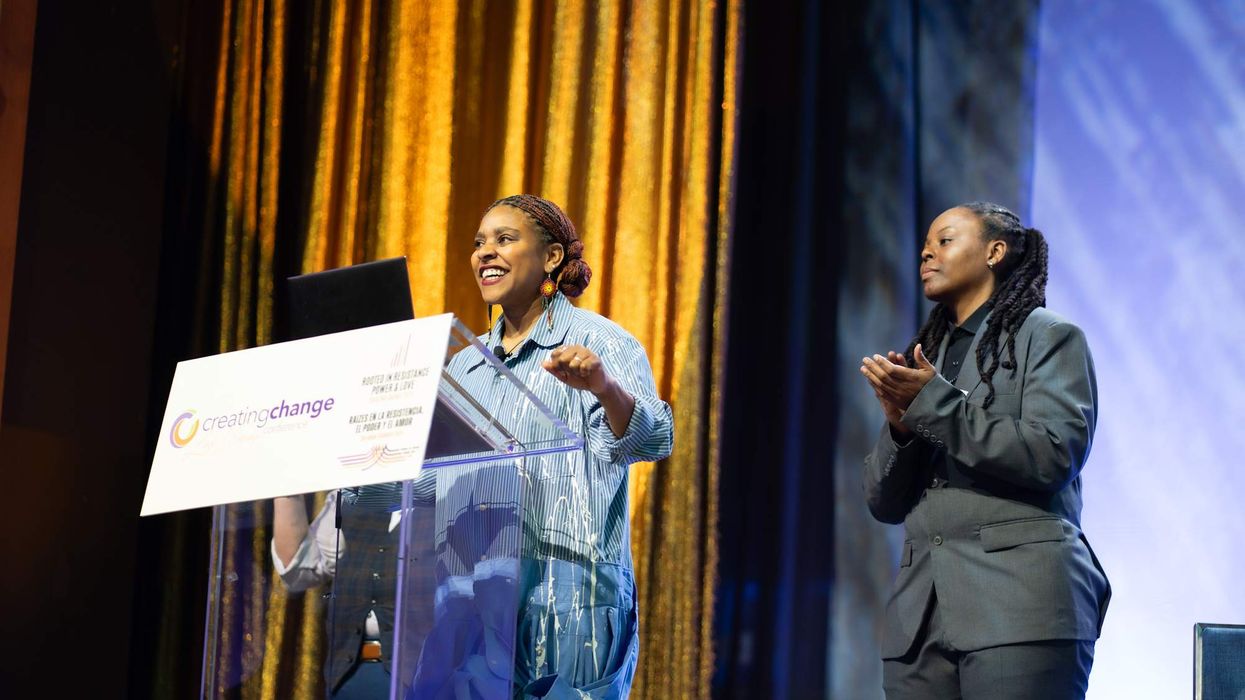
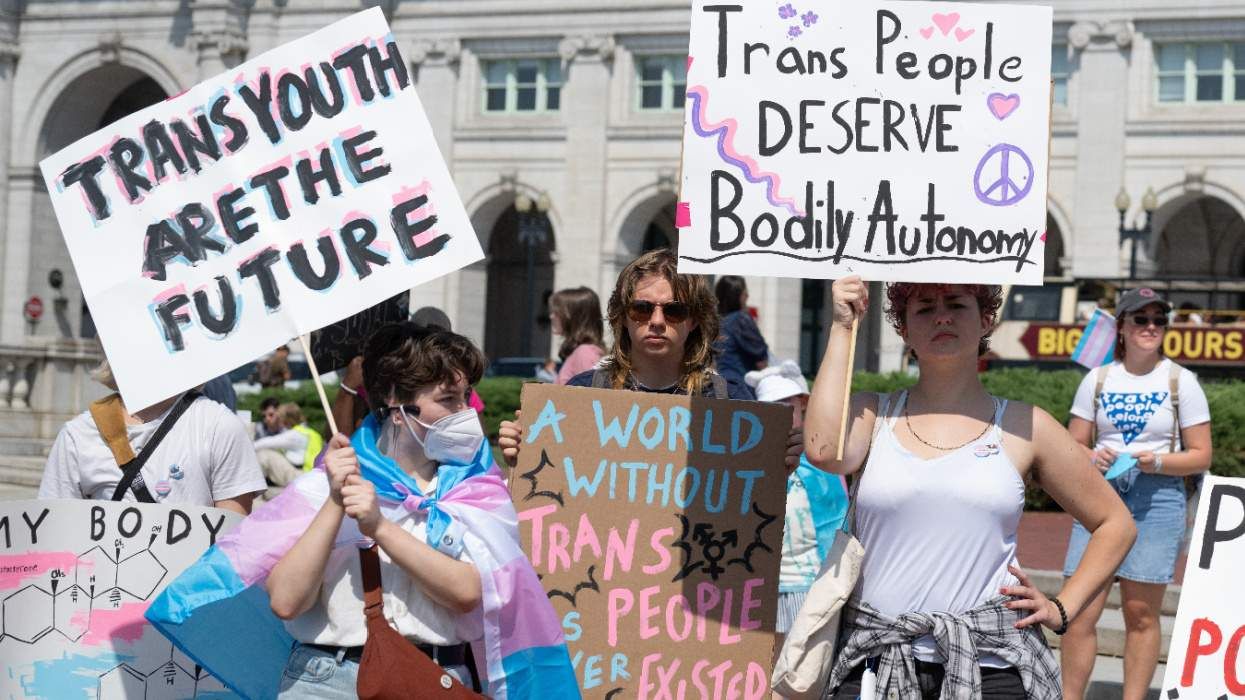
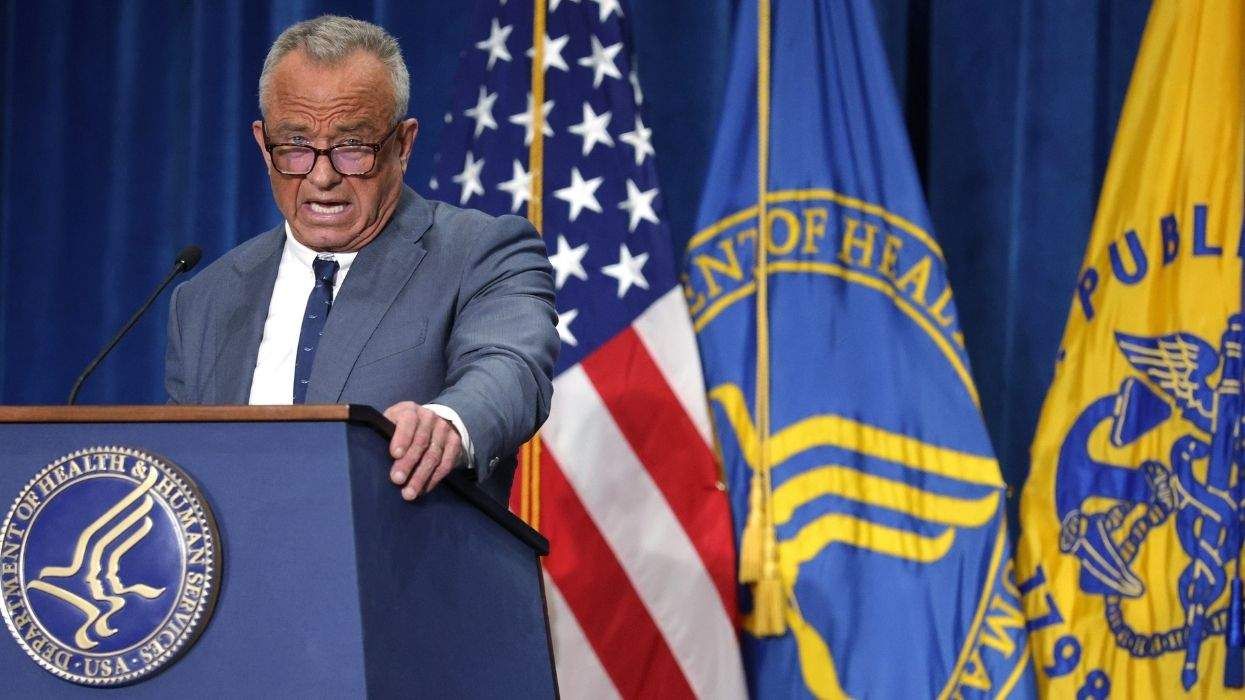

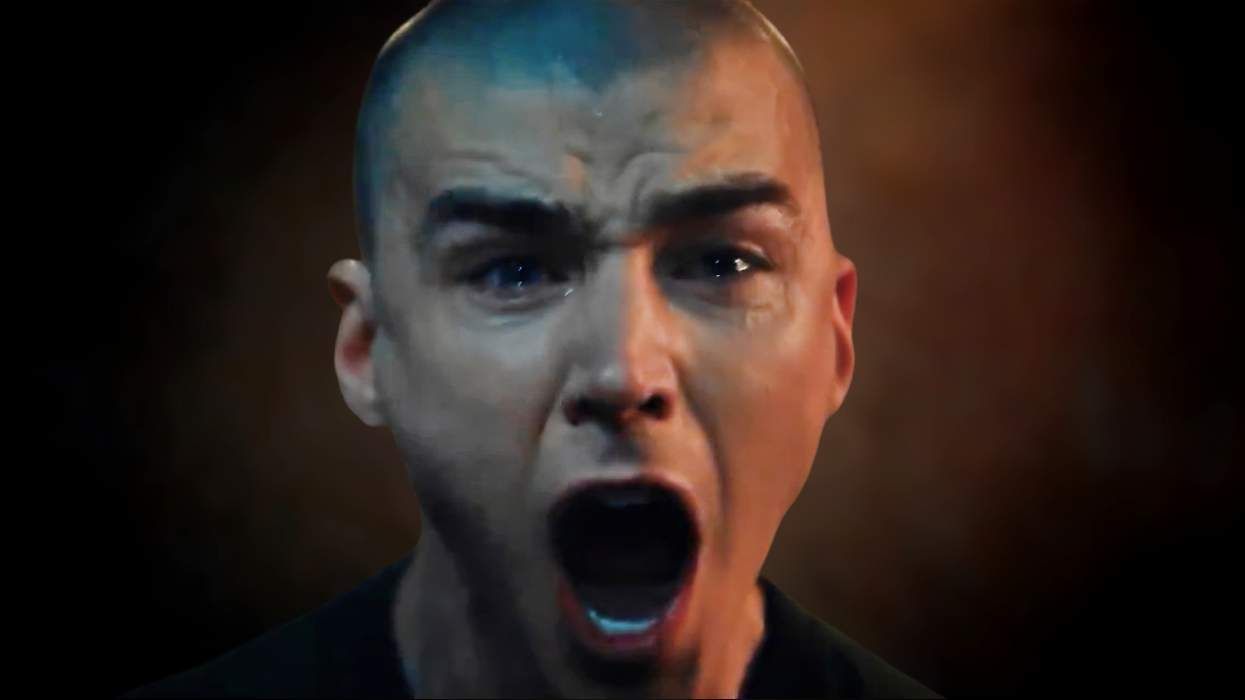
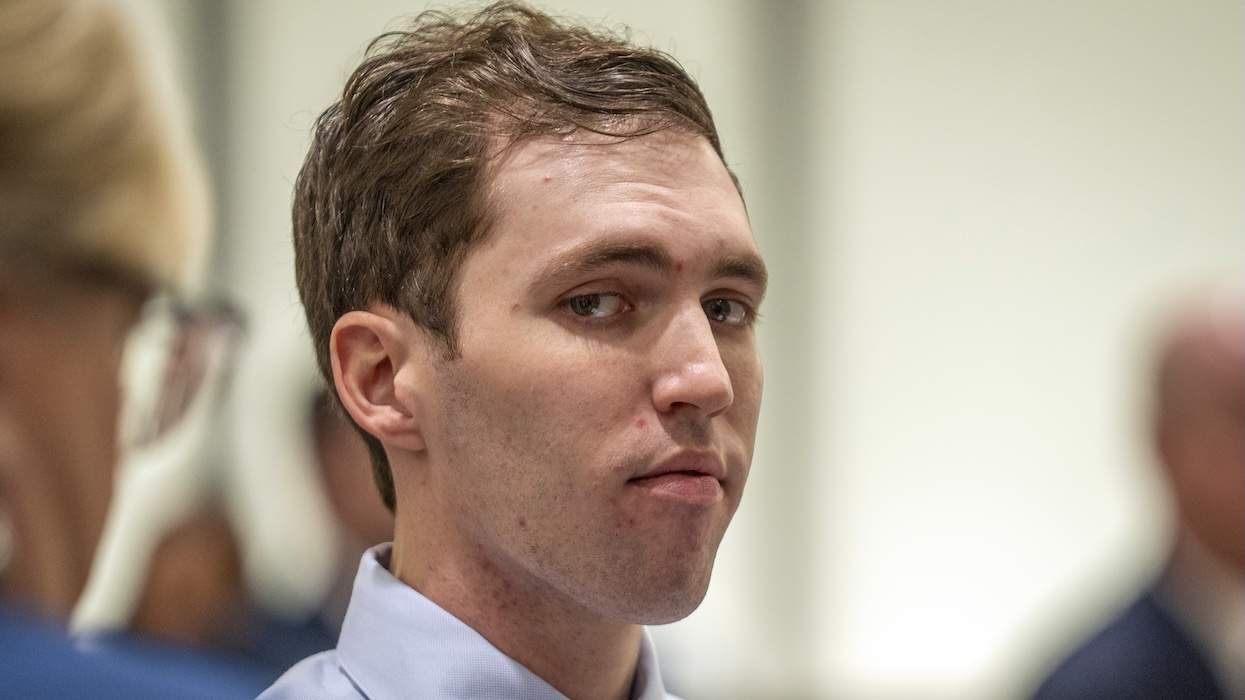
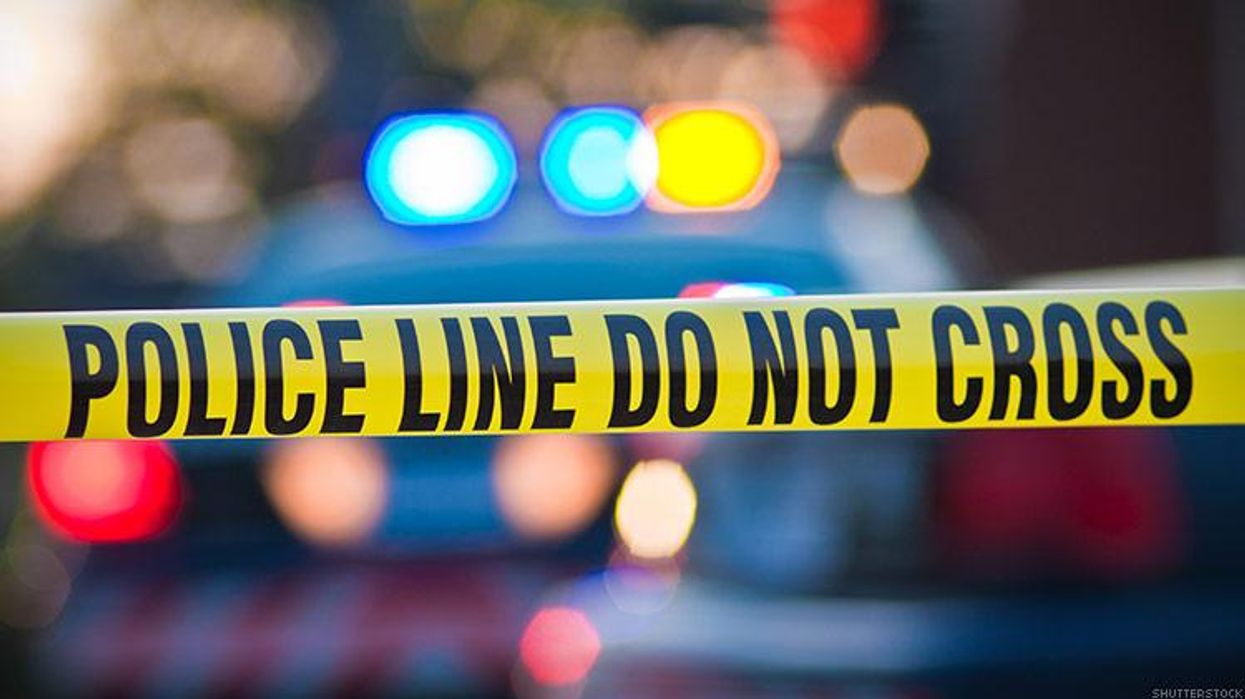






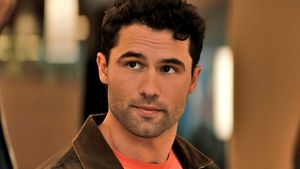



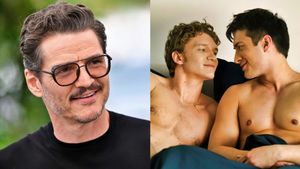




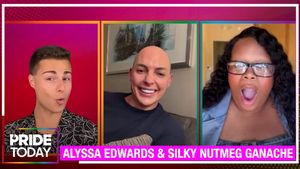




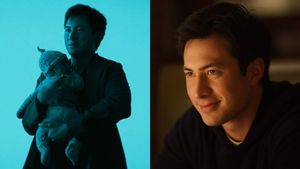





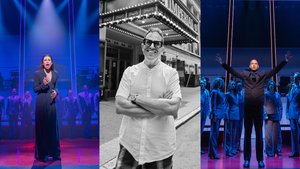





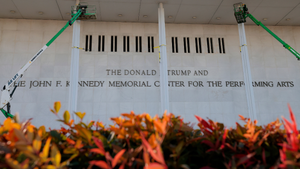
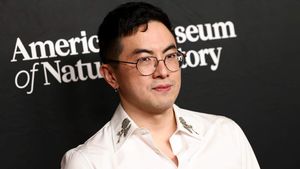






Charlie Kirk DID say stoning gay people was the 'perfect law' — and these other heinous quotes